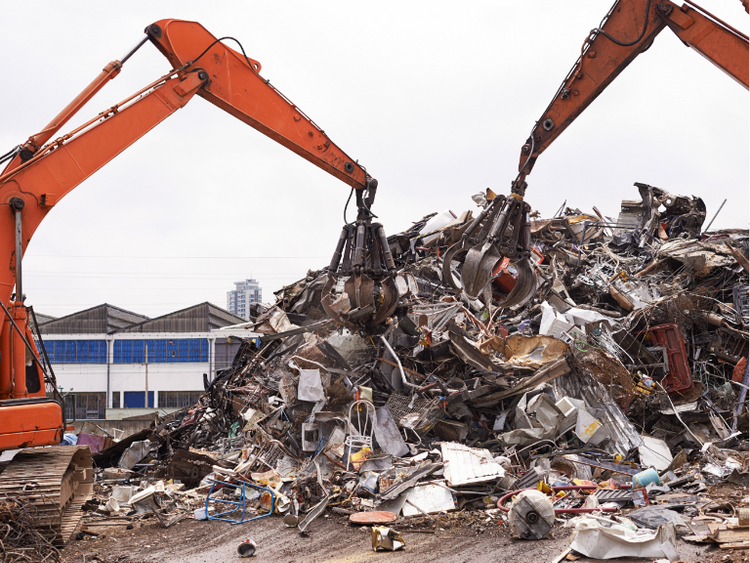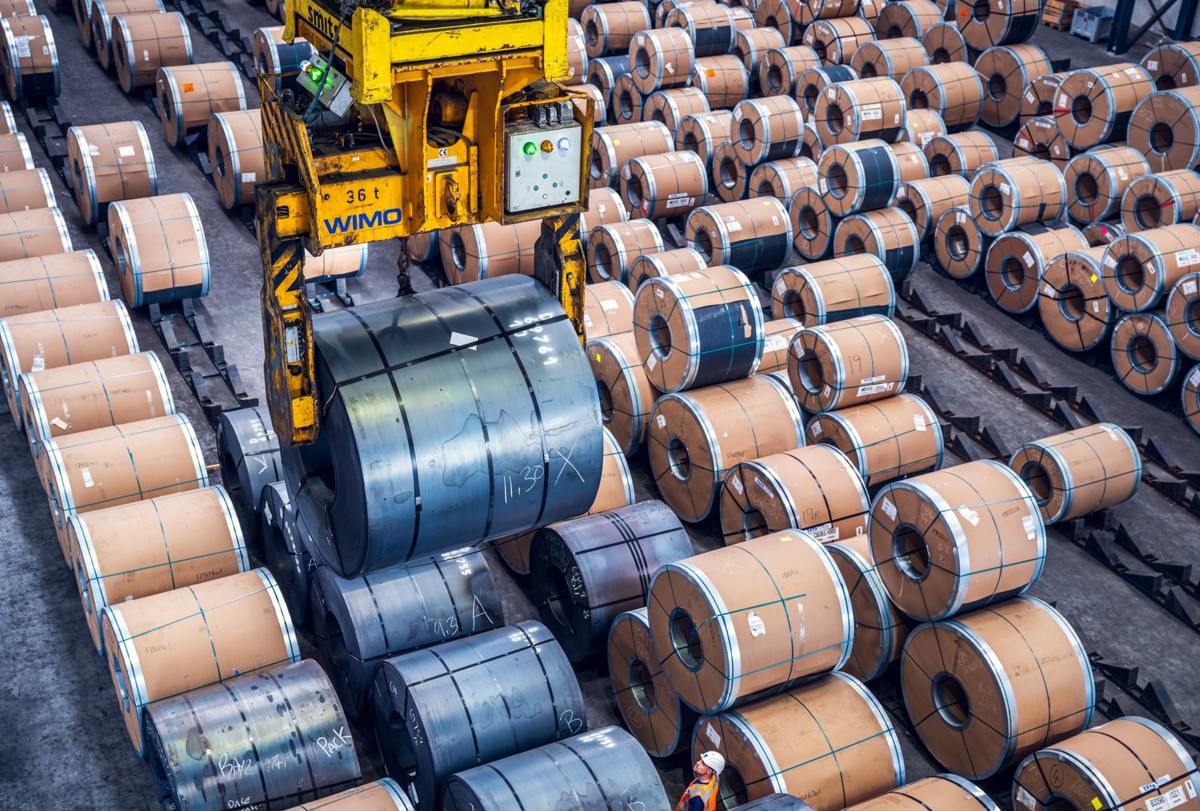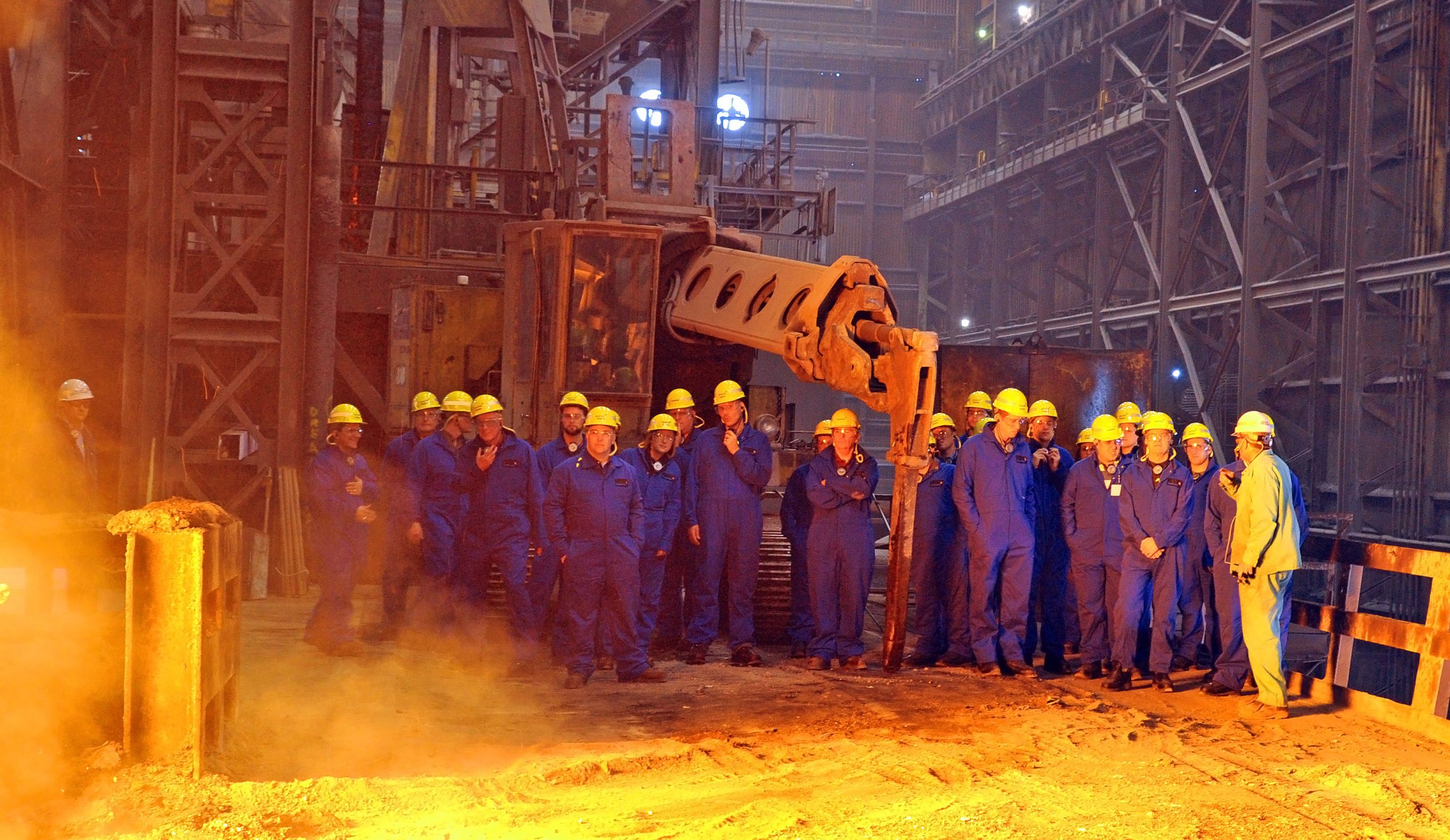Analysis

July 2, 2021
AGC: Construction Employment Declines Again in June
Written by David Schollaert
Construction employment declined again in June, the fourth time in the past five months, according to an analysis of government data by the Associated General Contractors of America (AGC). Construction employment totaled 7,410,000 in June, down 7,000 from the revised May total. The June total remained 238,000 or 3.1% below February 2020, before the pandemic stalled construction activity.
The number of former construction workers who were unemployed in June, 730,000, dropped a quarter from a year ago and the sector’s unemployment rate fell from 10.1% in June 2020 to 7.5% this June. Association officials said that job losses in nonresidential construction offset modest monthly gains in residential construction due to worker shortages, supply chain disruptions, and rising materials costs.
“It is hard for the industry to expand when it can’t find qualified workers, key building materials are scarce, and the prices for them keep climbing,” said Stephen Sandherr, AGC’s CEO. “June’s job declines seem less about a lack of demand for projects and a lot more about a lack of supplies to use and workers to employ.”
According to the AGC, residential and nonresidential construction sectors have differed sharply in their recovery since the pre-pandemic peak in February 2020. Residential construction firms—contractors working on new housing, additions, and remodeling—gained 15,200 employees during the month and have added 51,000 workers or 1.7% over the 16-month period. The nonresidential sector—comprising nonresidential building, specialty trades, and heavy and civil engineering contractors—shed 22,600 jobs in June and employed 289,000 fewer workers or 6.2% less than in February 2020.
Labor and supply chain issues are leading to project delays that may be undermining recovering demand for nonresidential construction projects, said association officials. Key materials are backlogged, rationed, or have increased at an accelerated clip. And despite a high unemployment rate, hiring is low due to strong federal benefits for the unemployed.
“The good news is there are large numbers of qualified workers available to hire who are on the sidelines until schools reopen and the federal unemployment supplements expire,” added Sandherr. “Our message to these workers is clear, there are high-paying construction careers available when they are ready.”







